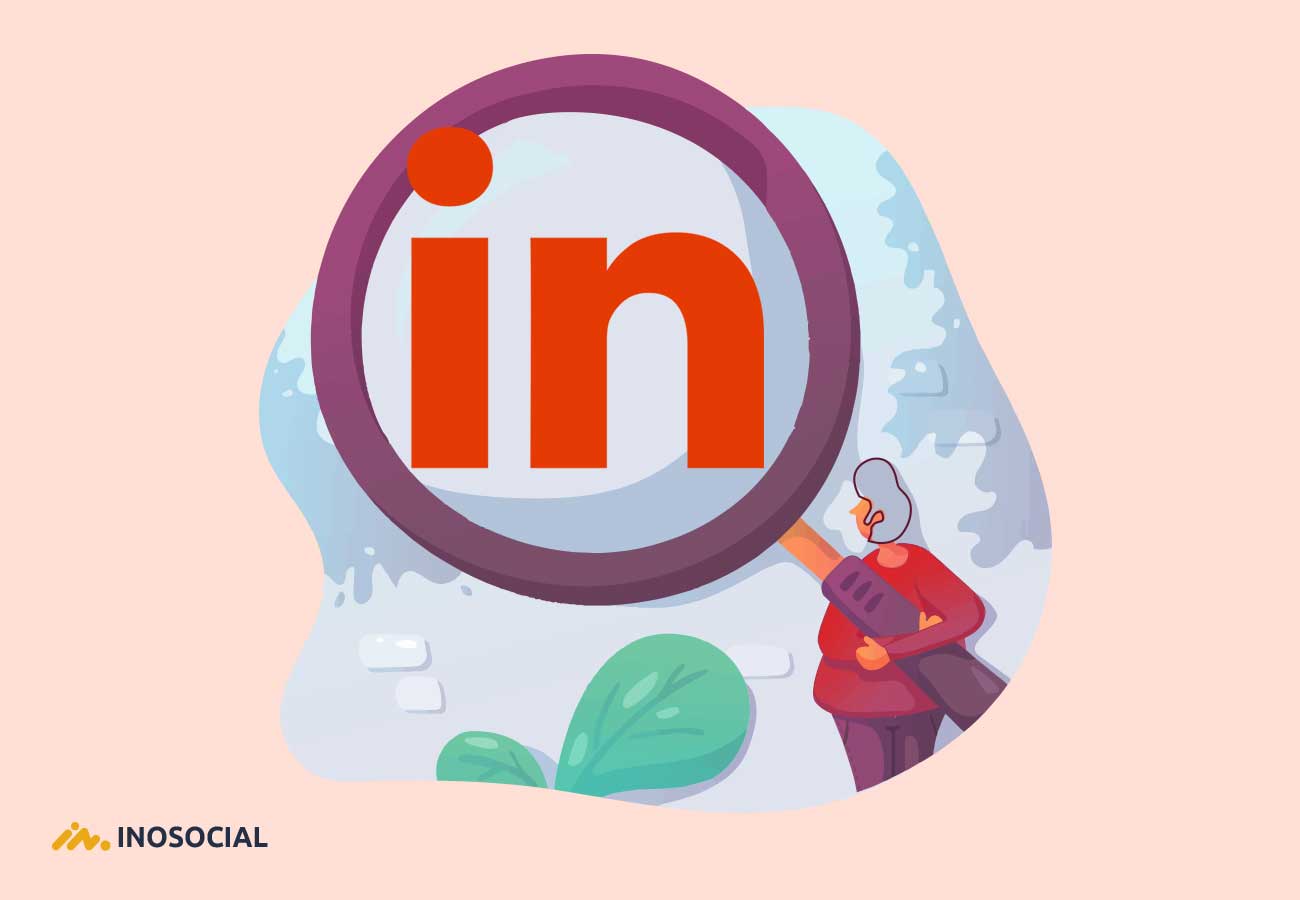Today, most social media users have no data about what is linked in. This big virtual networking event should get as more noticed as other social media networks because it is mostly used by the specialist or those who are experts in their job positions.
In this case, the big difference between this career base social platform with other entertaining social media apps is clear. So it is obvious acting on such a dedicated platform is being done more cautious rather than Instagram or Facebook.
You may use some social media management tools to perform better on all of these networks, but it is good to have a more in-depth view of this media.
Now I want to refer a common issue which the majority of linked in users have hesitation about whether to accept the people they don’t know on linked in or not?
I think it is right not to let strangers be one of your connections because of the LinkedIn atmosphere, but let’s look at the other side of the coin, by following this path.
Not only are you losing approximately most of your opportunities to land a job but also missing the chance to get familiar with new connections for current information. All my words confirm this sentence, “Granovetter’s research showed it was your acquaintances, not your close friends, who introduce you to new ideas and opportunities.”
Reasons to accept unknown invitations on linked in
Well, I know that linked in is not the network you formed with some of your trusted friends. Honestly, it has no sign of friendships. But you shouldn’t forget this vital truth that you have started every social media relationship with a reason in your other social apps before.
Now you can keep on making the relationships on this social media with multi-purposes such as finding a better job, gathering useful information about your desired career, become qualified for the job that is now vacant. Even getting to know people with various skills and capabilities to ask them your questions or cover your scientific interests can be other reasons.
However, you can easily see the types of connections on LinkedIn by the number written beside the name of your relationships.
Access to this section by clicking on the network>click on any profile>see the connection numbers as the bellow picture shows it.
Types of Linkedin connections
First-degree connection: the ones you are connected with directly, via google accounts, as you have accepted their invitations or they have accepted your request. You usually know your 1st connections, and they appear while you are making LinkedIn profile.
Second-degree connection: it is said to the people who are connected with your first-degree regards; in simple words, it is named Mutual connections. The thing is that you can catch small information from your 2nd connections’ profiles and then decide to accept their connection request.
Third-degree-connections: is another kind of connection that refers to the ones who you don’t know most of the time, maybe are connected to your second-degree relationships or the ones you search on linked in the search bar by chance or by a purpose.
Which Linkedin connections should you accept
The best way to take an anonymous invitation is to evaluate some important factors and then go forward.
- It makes sense to accept those invitations with vivid profile photos; in that case, the probability of recognizing the person will increase. There is no need to make the connections without a clear profile photo.
- Profiles can help you to get the gist from the connections which come to you as well as the personal information they put in. Decide to accept or ignore, of course, provided that you face with a public profile. Mostly connections up to 500 are one of the best linked in the profile you can have as a valuable connection.
- Seek for excellent linked in profiles by asking, “Could I ask you why you sent me an invite .” And wait to receive an appropriate response. By paying attention to this tip, you ‘ll be able to categorize the responses in return. Now it is your turn that based on the reaction you get, find out from which channel or way people get to know you.
- Linkedin comes for forming valuable professional relationships; it means that the quantity of connections is not as important as quality. It is not Instagram or some other social network apps to gain followers to show off for.
- It is precisely a competitive social platform to learn new information and ask for help to solve your issues in knowledge or technical fields. For this topic, you’d better accept your managers or colleges, even members of an organization you already have worked for.
- Take the suggestions seriously. As it is divided into two parts, one your 2nd connections and the other are the people who have something in common with you In some interests like job title, company, education as well as location and experience.
